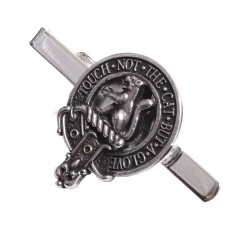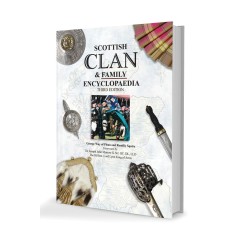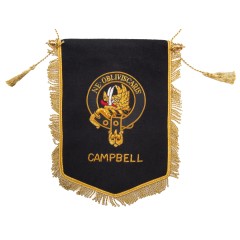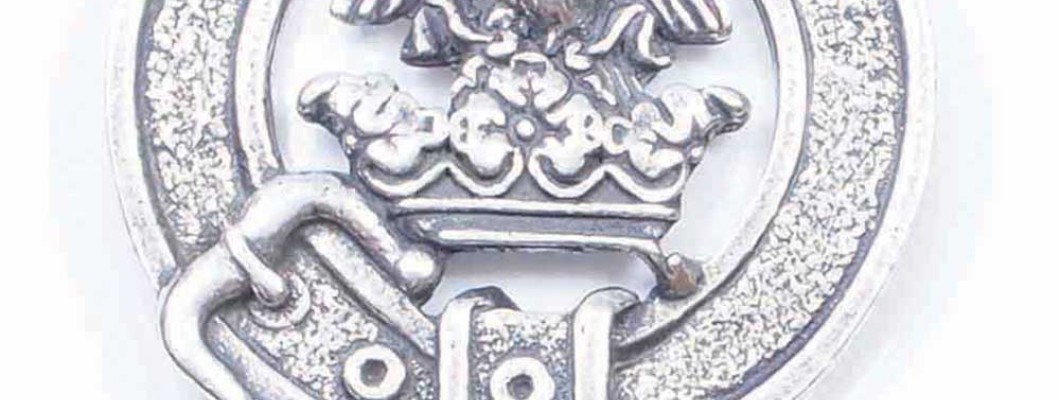
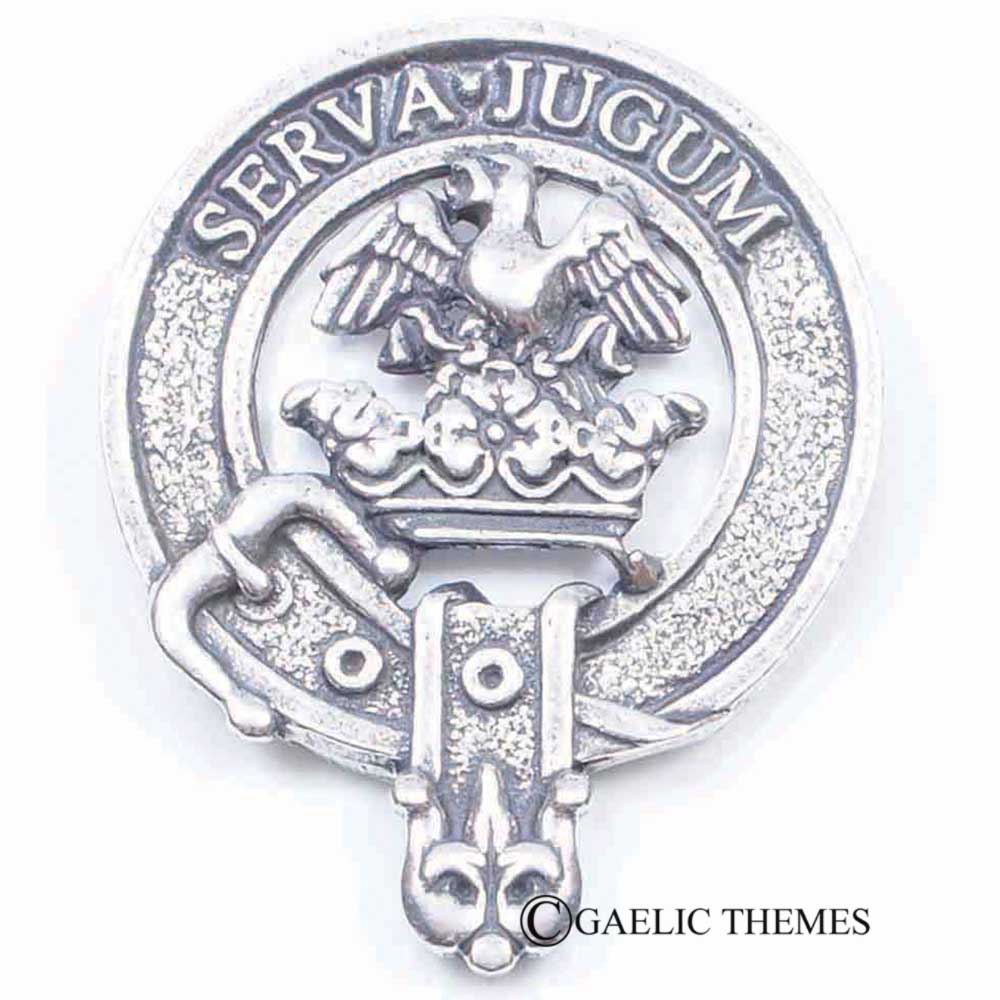
The Hay crest features a crown with a belled hunting falcon,
with the motto ‘serva jugum’, meaning ‘Keep the Yoke’.
Both refers to a story that first appears in Hector Boece’s Historia Gentis Scotorum, the History of Scotland, of 1527. Boece recounts the story
of the battle of Loncarty in 990, in which King Kenneth was fighting Danish
Vikings. The battle was going against Malcolm, but then:
“ane landwart (farming) man, namit Hay, with his two sonnis,
of Strang and rude bodyis, howbeit thay wer of maist nobill curage, come
haistelie in support of Kenneth and his nobillis, eftir thay wer neir vincust (vanquished)
with thair ennimes. This Hay havand na wapinnis bot the yok of ane pleuch
(plough)”.
The three Hays promptly rallied the Scots through their
brave examples. Kenneth then rewarded them with the spoils of battle. Hay asked:
“It is said that he askit fra the king certane landis,
quhilkis he knew richt plentuous afore, lyand betwix Tay and Arole; and gat als
mekil thairof as ane falcon flew off ane mannis hand, or scho lichtit. The
falcon flew to ane toun, 4 miles fra Dunde, callit Rosse, and lichtit on ane
stane, quhilk is yit callit The Falcon Stane; and sa he gat al the landis
betwix Tay and Arole, 6 miles of lenth, and 4 of breid; quhilk landis ar yit
inhabit be his posterite”
The crest and motto are both clearly referring to this story.
Is there any truth in this wonderful story? Sadly not much.
Although the battle is mentioned in previous Scottish Chronicles, the Hays are
not, so the story emerged between 1440 and 1527. And we know the Hays actually
came to Scotland as Norman adventurers, and gained the lands of Erroll around
1178. But at the time the crest was devised, the family clearly believed it.
In the 1430s the crest of the Lord of Erroll was a stag’s
head, then a ram’s head was used in the 1450s. A falcon head seems to appear on
a seal used by the second Earl of Erroll of the 1460s. However, it went back to
a stag’s head in the 1480s. The next time a falcon’s head appears is in the
1540s (notably after Boece’s book was finished). The ninth earl of Erroll added
a crown by 1625, and its on his seal that the motto appears for the first time
(William Rae MacDonald, Scottish Armorial Seals, 1904, 160). The crown is
possibly referring to the Hay’s status of earl, although it may more likely
refer to the earl’s position as constable of Scotland.
The falcon shows up before Boece’s story was written down. Which came first then, the crest or the story? We can probably assume that the crest came first and either refers to the Falcon Stone, or just more mundanely the noble pastime of hunting, and then a story was invented to back-fill meaning to the symbol. But after Boece recorded the yoke story, it became the fixed emblem.
In any event, the crest as it appears now is largely the product of the ninth Earl of Erroll in the years around 1600, and makes deliberate reference to the 1527 Boece story. If nothing else it’s a terrific yarn and an inspiring story - Keep the Yoke!
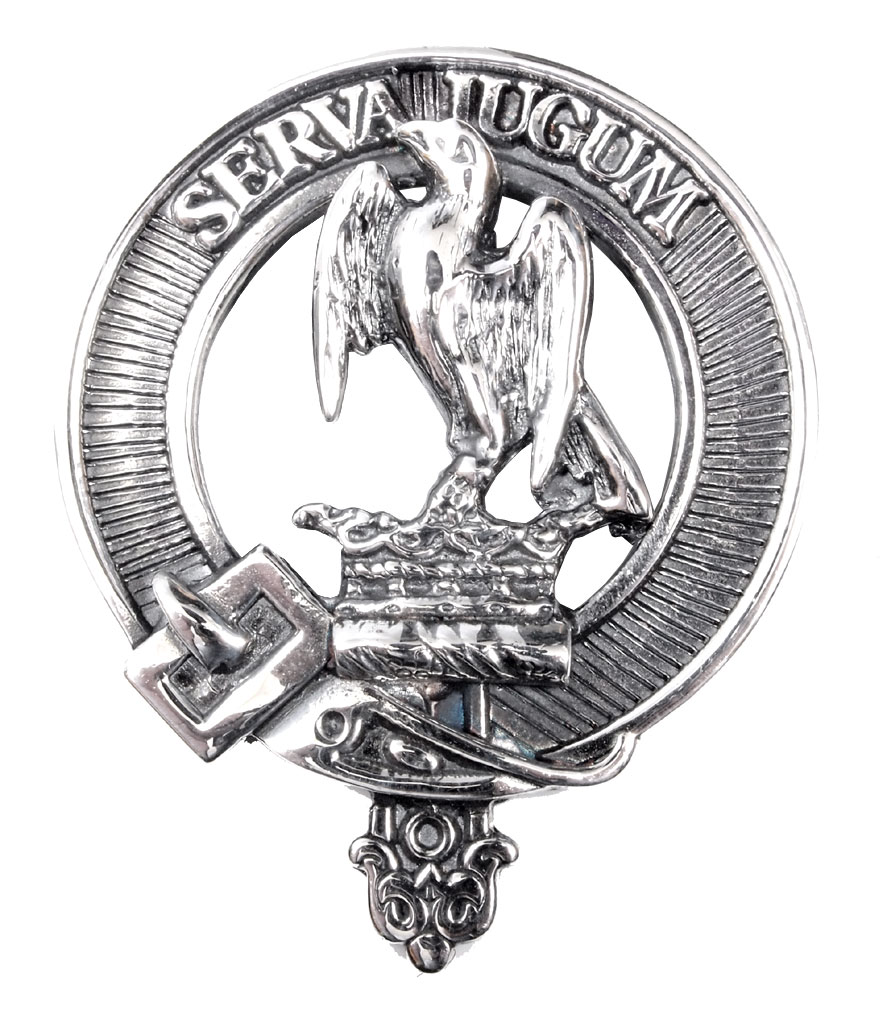



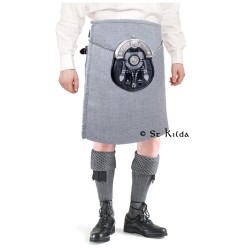





















-240x240w.jpg)

















